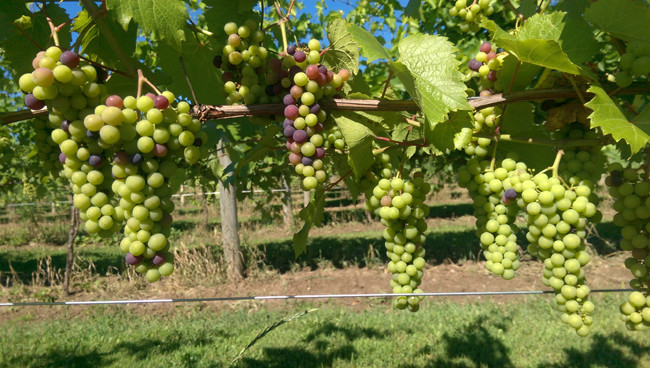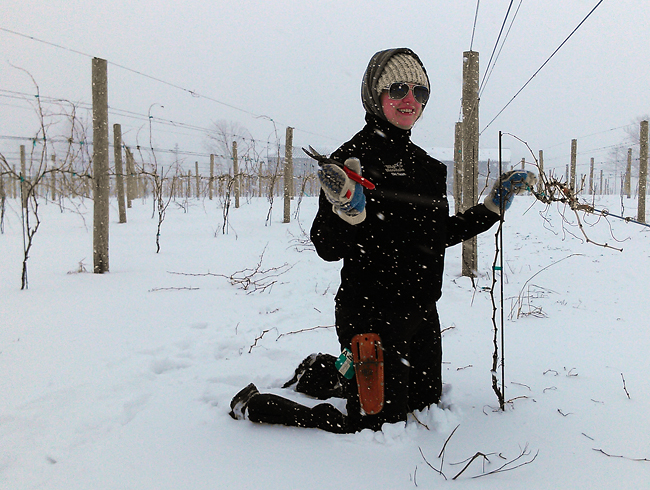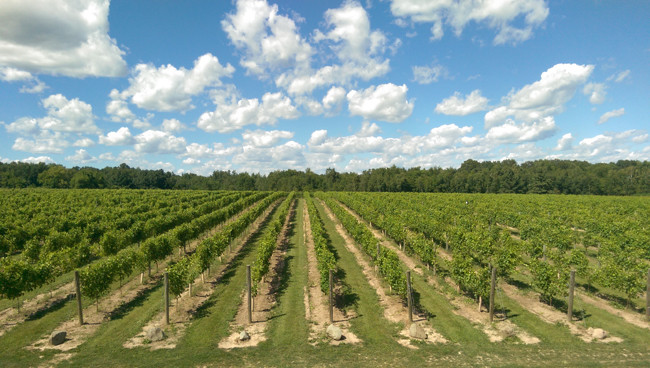
The story is sponsored by Dancing Dragonfly Winery.
Dancing Dragonfly Winery is passionate about great wine! Great wine starts with the grapes and the vineyard. While driving through the winery grounds, visitors see row after row of carefully groomed vines lining the roads and filling the trellises of the adjacent fields. Over the past five years, Dancing Dragonfly Winery has planted more than 30,000 vines, making it one of the largest vineyards in Wisconsin.

A vineyard of this size is possible because of the introduction of cold-hardy wine grapes. Cold-climate viticulture is said to have begun in the 1970s on a dairy farm in the small town of Osceola, ten miles south of Dancing Dragonfly Winery. Elmer Swenson started a small-scale breeding program in search of cold-hardy wine and table grapes. He used the Concord grape as the foundation for his breeding program and crossed it with countless wine grapes from around the world.

After years of cross-pollinating, Swenson created some of the first cold-climate grapes used in winemaking in the Midwest. Grape varieties such as St. Croix, Prairie Star, Edelweiss, and Brianna can take harsh Minnesota and Wisconsin winters and still produce excellent fruit. Knowing this, farmers from across the region began to plant the new cultivars and spread the news on the potential of cold-climate wine grapes.
The University of Minnesota was quick to realize the potential of the new wine grapes, and by the early 1980s developed a grape breeding program of its own. In 1999, twenty years and thousands of crosses later, the University of Minnesota released Frontenac, its first wine grape. Since then, they have patented four more varieties — Frontenac Gris, Marquette, LaCrescent, and Frontenac Blanc — and spawned a Midwestern wine revolution.
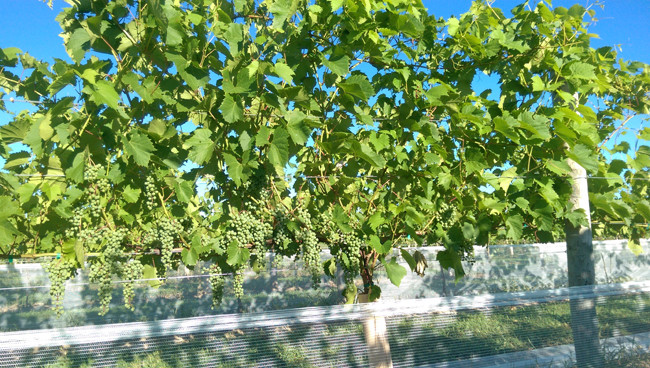
Establishing a vineyard takes years of work and patience. After the grapes are planted, it takes three to five years before the plants are mature enough to produce a crop. It will take an additional few years for the trellises to be filled to their maximum potential. Over the past five years, Dancing Dragonfly Winery has focused on expanding its vineyards and training its vines. In three phases, 14 cold-climate varieties have been planted across 42 acres of vineyard, with more on the way. These vines are becoming fruitful and yielding a crop.
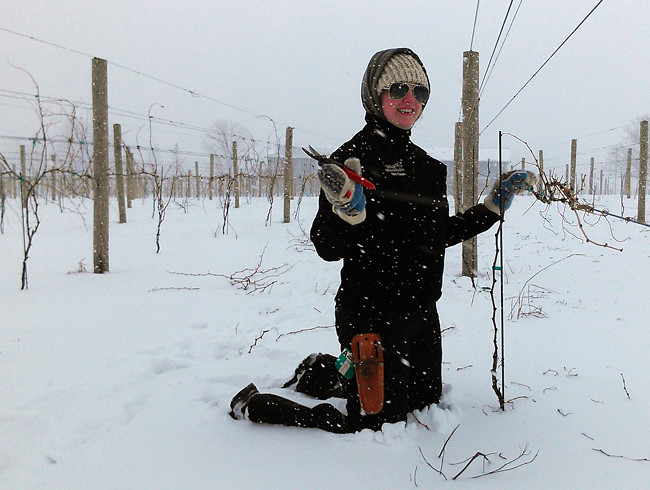
Grape growing is a labor of love. The foundation for the short season’s growth begins with pruning in the dead of winter. Vineyard staff determines the balance of the vine while trudging through snow drifts with pruning shears in hand. Think gardening in February. Roughly 90 percent of the previous season’s growth is pruned away, leaving behind short spurs that contain fruitful buds. Once the temperature stabilizes above freezing, a biological timer goes off in the vines, and the buds begin to break. In less than a week, a vineyard can transition from a field of brown sticks to one of life and flowers.
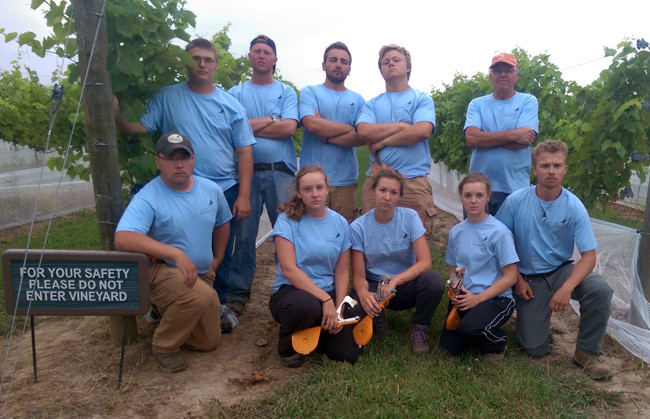
From bud break through harvest, the grape crew works the fields. Each week brings a new task to be performed on the vines. Just after bud break, the crew reduces the number of fragile shoots to a manageable number, giving each shoot its own space to grow. As the spring heats up, shoot and berry growth speeds up tremendously.

At the peak of summer, a vine can grow a foot per week. During this phase, every shoot is repositioned between the trellis catch-wires and locked into place for the remainder of the season. The grape crew will hedge the top and sides of the vines, maintaining uniform, narrow canopies. While doing this, they also focus on opening up and exposing the clusters to sunlight, which hastens the ripening process.
Dancing Dragonfly Winery’s clusters begin to change color exactly ninety days after bud break. As this process takes place, nets are attached to the sides of the vines in order to protect the grapes from birds. Besides avian predators, raccoons, insects and various fungi are also drawn to the sweet, colorful fruit. An integrated approach to pest management is practiced in order to save the crop.
This year’s harvest will be Dancing Dragonfly Winery’s first. The clusters are well exposed, and the nets are up. The grape sugar and acid levels are being monitored weekly. Only a few more weeks of sunshine and harvest will commence!
